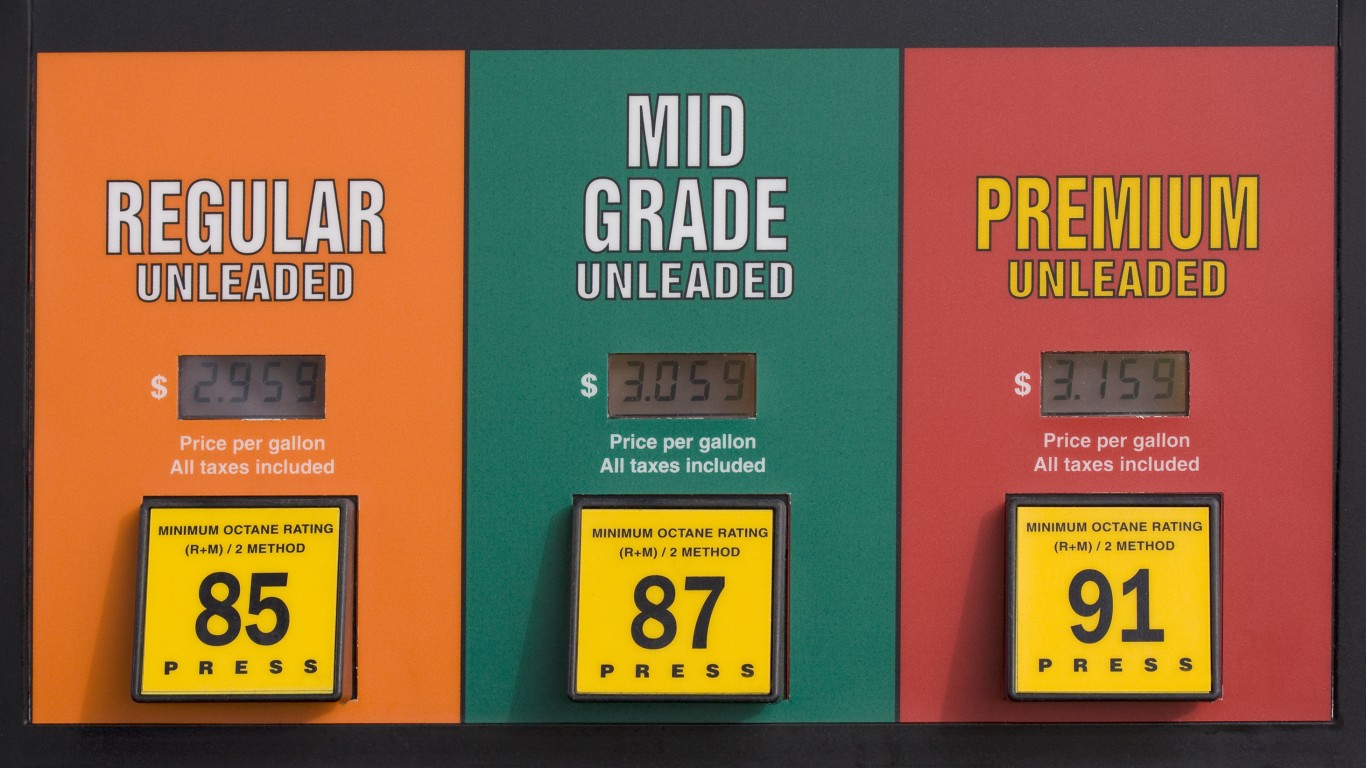The US Energy Information Agency has released its annual International Energy Outlook for 2010, and in contrast to its usually positive forecast for energy supply and demand, has seriously pulled back on its prognosis for petroleum supply. The following chart shows the EIA’s projections for energy use by fuel type through 2035.

EIA has always been one of the more optimistic of the crude oil forecasts produced by governmental bodies and industry. BP plc (NYSE:BP) also produces a widely read forecast, as do Exxon Mobil Corp. (NYSE:XOM), Total SA (NYSE:TOT), and the International Energy Agency. As the EIA keeps pulling in its estimates, it comes closer to being in line with the other forecasts.
There’s an interesting point here concerning how the EIA defines “liquids.” This is not just crude oil, but includes such things as biofuels, natural gas liquids, and liquid fuel made by the coal-to-liquid or gas-to-liquid processes. For example, ethanol, whether made from corn or sugar cane or biomass, is a biofuel.
The chart points to a couple of salient points. First, OPEC and non-OPEC production of conventional liquids (mostly crude oil) is flat through the next 10 years and then begins to grow again gradually, especially for OPEC countries. That is certainly the effect of projected increases to Iraqi production.
The growth in unconventional liquids (oil sands, biofuels, shale oil) grows somewhat through 2020 and a bit more strongly afterwards. In the US, the EIA’s Annual Energy Outlook which it published in early May indicates that coal-to-liquids would account for about 100,000 b/d of liquids production in 2020. Today there are exactly zero barrels produced this way. Biomass accounts for about the same amount in 2020, and grows to about 500,000 b/d by 2030. The EIA even projects about 100,000 b/d of liquids production from oil shale by 2030.
Here’s a second chart put together by an energy consulting firm that shows the most recent four supply forecasts from the EIA.

From a high forecast for 2030 of about 118 million b/d in 2007, the EIA forecast of total petroleum production now tops out at about 104 million b/d. Forecasts for 20 years into the future are notorious for being wildly off, but the interesting thing here is the pessimistic trend of the forecasts.
Supply increases about 0.6% a year from 86 million b/d in 2011 to about 92 million b/d in 2020, which is a bit over 500,000 b/d, or essentially flat. And that’s for all liquids, not just crude oil.
The biggest boost in liquids comes from Canada’s oil sands and biofuels, mainly ethanol from Brazil and the US. In fact, in the International Energy Outlook, the EIA projects that 70% of the growth in unconventional liquids will come from biofuels.
Does this really signal that world oil production has peaked? Certainly when the EIA takes off its rose-colored glasses that’s something worth noting. Combine that with the effect the leaking well in the Gulf is bound to have on offshore exploration and production and declining production from Alaska, the North Sea, and the Mexican part of the Gulf of Mexico, and it’s not hard to conclude that we have in fact reached peak oil.
New discoveries are almost always found in hard-to-reach and expensive-to-extract locations. It is absolutely accurate to say that the peak for easy-to-get and cheap oil is not only here, but behind us. As the EIA shifts its forecasts for crude oil to include all manner of liquids the agency is all but telling us that crude oil needs to become a transitional fuel because at current production forecasts, supply will not be able to keep up with demand.
Paul Ausick
It’s Your Money, Your Future—Own It (sponsor)
Are you ahead, or behind on retirement? For families with more than $500,000 saved for retirement, finding a financial advisor who puts your interest first can be the difference, and today it’s easier than ever. SmartAsset’s free tool matches you with up to three fiduciary financial advisors who serve your area in minutes. Each advisor has been carefully vetted and must act in your best interests. Start your search now.
If you’ve saved and built a substantial nest egg for you and your family, don’t delay; get started right here and help your retirement dreams become a retirement reality.
Thank you for reading! Have some feedback for us?
Contact the 24/7 Wall St. editorial team.




